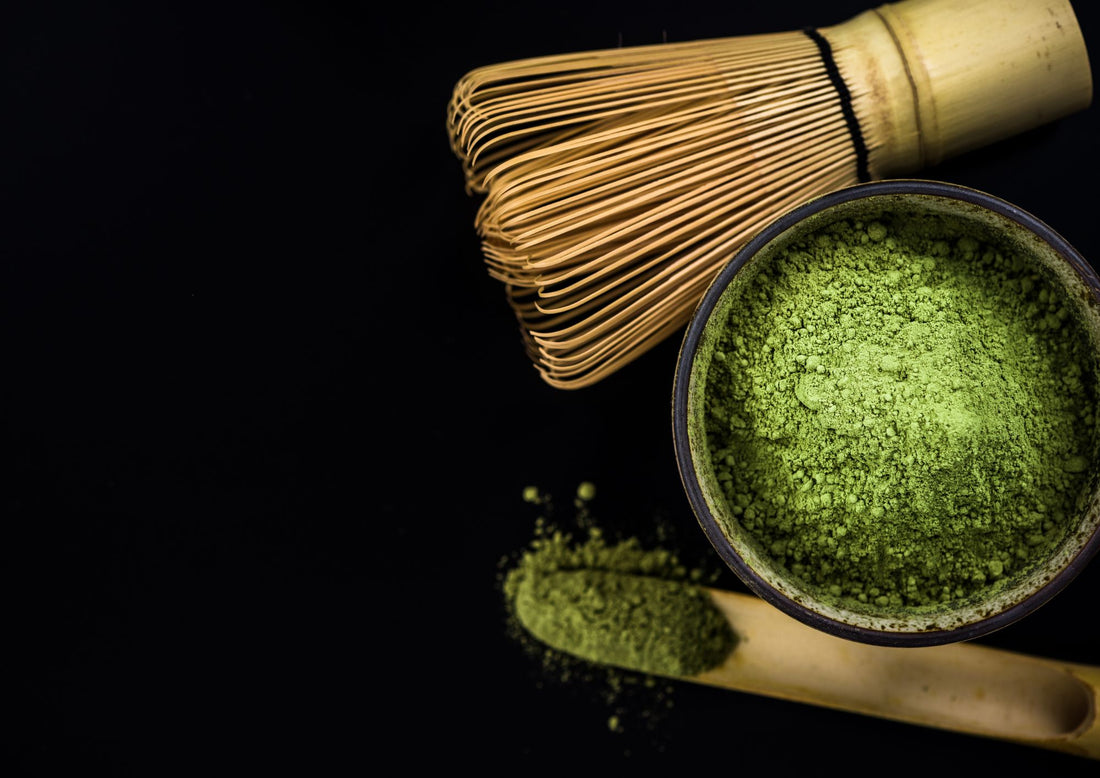Matcha, the finely ground powder of specially grown and processed green tea leaves, has been a cherished part of Japanese culture for centuries. With its vibrant green color and unique umami flavor, matcha has become a popular ingredient in not just traditional tea ceremonies but also modern cuisine, drinks, and desserts. But with so many different types and brands of matcha available on the market, it can be challenging to know which one to choose. In this blog post, we'll guide you through the world of high-quality matcha, exploring what makes it so special and how to find the best matcha for your health and taste buds.

What Makes High-Quality Matcha So Special?
The secret to high-quality matcha lies in the way the tea leaves are grown, harvested, and processed. Unlike regular green tea, which is steeped in hot water and then discarded, matcha is made by grinding shade-grown tea leaves into a fine powder. This process ensures that all the nutrients and antioxidants in the leaves are preserved and concentrated, resulting in a potent and flavorful tea that is packed with health benefits.
One of the most important factors that determine the quality of matcha is the way the tea leaves are grown. The best matcha comes from tea plants that are grown in shaded areas, which forces the leaves to produce more chlorophyll and amino acids. This gives the matcha its distinct bright green color, umami flavor, and rich nutritional profile. The tea plants used for high-quality matcha are typically shaded for at least three weeks before harvesting, which allows the leaves to develop their unique flavor and texture.
Another crucial aspect of matcha quality is the way the tea leaves are harvested and processed. Matcha leaves are picked by hand, usually in the early spring when the leaves are young and tender. After harvesting, the leaves are steamed, dried, and then sorted by grade. The highest quality matcha, known as ceremonial grade, comes from the youngest, most tender leaves and is ground into an ultra-fine powder. Lower grade matcha, known as culinary grade, is made from slightly older leaves and has a coarser texture and less vibrant color.
How to Choose the Best Matcha for Your Health and Taste Buds?
When it comes to choosing the best matcha for your health and taste buds, there are several factors to consider. Here are some tips to help you make an informed decision:
- Look for high-quality matcha: High-quality matcha is made from young leaves that are shade-grown, hand-picked, and stone-ground into a fine powder. Look for matcha that is bright green in color and has a smooth, velvety texture. Avoid matcha that is yellow or brown in color, as this indicates lower quality.
- Choose organic: Organic matcha is grown without the use of pesticides and other harmful chemicals. Look for matcha that is certified organic to ensure that it is free from harmful additives.
- Consider the grade: Matcha is available in several grades, ranging from ceremonial grade to culinary grade. Ceremonial grade matcha is the highest quality and is best suited for drinking as a tea. Culinary grade matcha is more affordable and is ideal for baking, cooking, and making smoothies.
- Check the origin: Matcha is traditionally produced in Japan, and Japanese matcha is considered the best in terms of quality and taste. Look for matcha that is made in Japan to ensure that you are getting an authentic product.
- Taste before you buy: If possible, taste the matcha before you buy it. This will help you determine whether you like the flavor and texture of the matcha. Some matcha can be bitter or have a grassy taste, while others are more delicate and sweet.
Overall, when choosing matcha, it is important to prioritize quality and taste. By considering the factors above, you can find a matcha that is both healthy and delicious.

